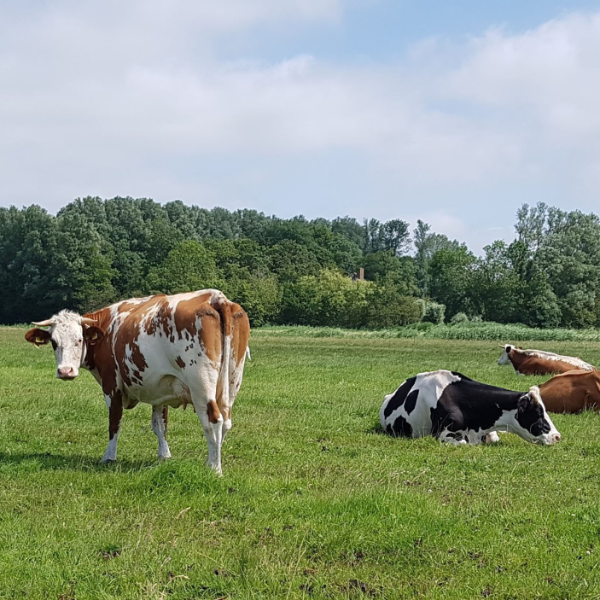Looking for balance in the Dutch countryside

Looking for balance in the Dutch countryside
The natural system in rural areas in the Netherlands is out of balance. We have reached the limits of this system and are experiencing a decline in biodiversity as well as summer water shortages, crop failures, polluted water resources, and flooding in times of heavy precipitation. We cannot keep stretching ecological frameworks for short-term economic gain, and that means the search is on for a way to revive the natural balance in Dutch rural areas.
Natural basis
The approach of Witteveen+Bos’s Rural Areas group takes the natural system as its starting point. This system consists of abiotic (i.e. water, soil) and biotic (i.e. organic, ecological) elements. By first looking at the relationship between these elements, we identify what it is that disrupts the natural balance. Such an approach offers a focused, action-oriented perspective on restoring that balance. From this starting point, we subsequently make predictions on how an area will naturally develop.
All human interventions which disrupt natural processes ultimately cost energy (and time and money). Suppose, for example, that an area suffers from recurring water shortages (drought). In that case, the problem can be solved by pumping water from elsewhere (energy, time and money). However, the cause has not been addressed: the natural balance remains disrupted, and the costs will continue to increase over time. In this situation, it would be better to look at:
- Water flows (Where does the water come from? Where does it flow to?)
- Soil vitality (What is the organic matter component of the soil? What is required for these soil types to retain water?)
- The ecosystem (Which plants grow here? Are they suited to the soil and water system?).
Finding a balance between these factors would offer sustainable, long-term solutions against water shortages and flooding. It would also help manage the problems of subsidence, CO2 and nitrogen release, the decline in (meadow) bird and other protected animal species populations, and crop failures. By weighing up, in advance, human interventions (such as pumping in water) against ‘restoring’ the natural system, this system is given a greater chance of survival.
Area-oriented system approach
A balanced natural basis has many advantages: by restoring and strengthening the natural system, for example, we can ensure that soil retains more water, store CO2, increase biodiversity, replenish drinking water supplies, increase water safety, produce food, and so on. Also, if the balance in the natural system continues to be disrupted, the area will become less attractive and profitable. Our approach, therefore, facilitates a change of perspective for current functions and the use of rural areas for more sustainable and climate-robust solutions. With regard to many challenges, an impasse has been reached; an area-oriented systems approach offers hope for solutions.
A systems approach also requires contributions from governmental organisations and their representatives. This could include a focused narrative of the sustainable design of rural areas, cross-sectoral and integrated partnerships that bring together financing, and administrators’ support to facilitate this. The new Environment and Planning Act (Omgevingswet) in the Netherlands, new nitrogen regulations, and continuing drought problems offer opportunities to act on this.
Photo credits: Renee Snoek